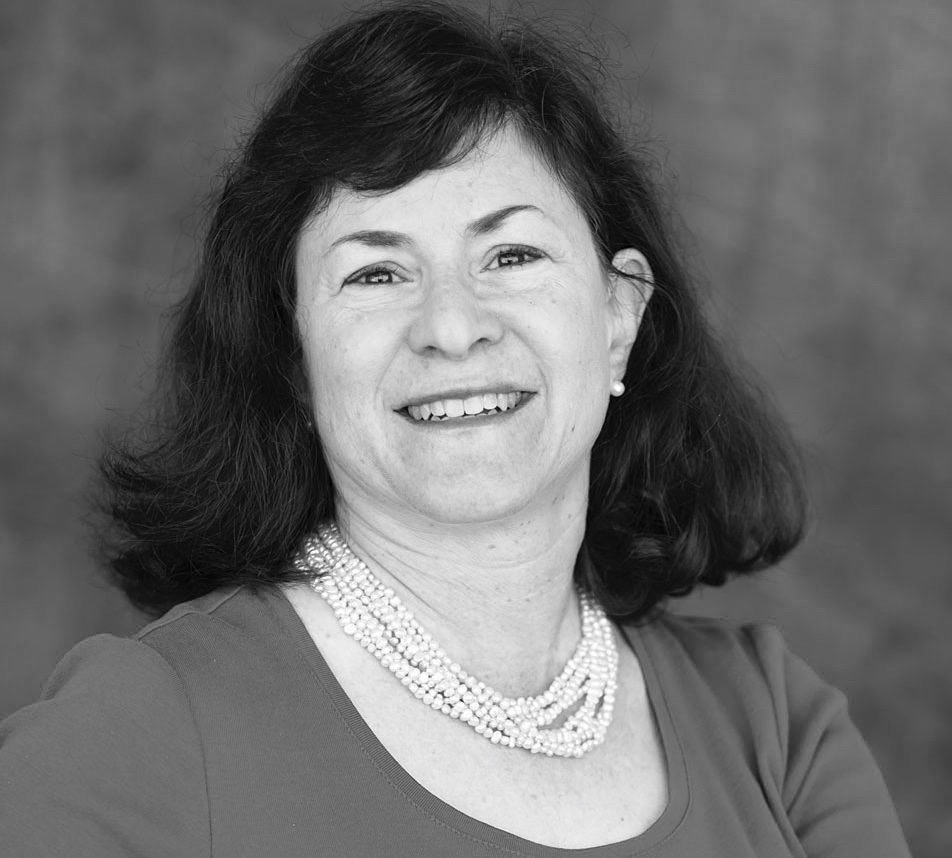Last week, I was honored to moderate a panel discussion on “Tomorrow Started Yesterday: How Soon is Too Soon?” regarding planning ahead for a teen or young adult with special needs. The event was the third annual FRED (Farms and Ranches Enabling people with Disabilities) conference, held at the LAX Marriott for 300 parents and professionals seeking creative futures for adults with autism and other developmental disabilities.
During the discussion, one of the panelists, a charming 11-year-old boy with cerebral palsy, began to cry when he saw one of his friends leave the room. Up to that moment, he had been fully participating in the discussion, using his augmentative communication device as his “voice.” Before the discussion, he had typed in a series of thoughtful answers to questions about figuring out his own future (he is interested in a career in Hollywood, by the way, so all you screenwriters out there had better start creating some appropriate roles). After just a few minutes, with support from his mom, dad and aide, he had completely calmed down and was re-engaged in the discussion.
In addition to keeping me on my toes as the moderator, the boy’s emotions offered us all an extremely teachable moment. Including self-advocates — the subjects of our discussion — in a public forum can be challenging and takes some extra effort, but the experience is empowering for the self-advocate and very powerful for everyone else. Just like many of us, the young self-advocate who takes part in the panel discussion had no doubt been feeling nervous to be in front of such a large crowd, and when something unexpected happened, such as seeing his friend from school leave earlier than anticipated, it threw him off his game — but only for a few minutes.
During the conference, other self-advocates participated in panel discussions about jobs, romance and where they would feel most comfortable living after they leave their parents’ homes. Even when the audience had to wait a beat for a communication device to kick in, or to strain a little harder to understand slightly slurred speech, the thoughts and dreams of these young adults with developmental disabilities came through very clearly. “We are here to speak for ourselves,” they told us.
The concept of including stakeholders into our communal discussions has been pushed to the forefront in the world of disabilities with the motto, “Nothing About Us Without Us,” and with advances in text-to-speech technology, more and more voices are being added to the mix.
When you think about it, this isn’t such a new concept. As we know from our Passover haggadah, Moses was an extremely reluctant spokesperson for the Israelites, partly because he was “slow of speech and heavy of tongue.” God provides a biblical equivalent to a speech communication device by telling Moses that his brother, Aaron, will speak on his behalf, so that Moses’ speech impediment won’t get in the way of delivering the divine request for deliverance.
As Ora Horn Prouser, a teacher at the Academy for Jewish Religion, writes in her book, “Esau’s Blessing: How the Bible embraces those with Special Needs”: “Once Moses and Aaron become a team, it is not always clear from the narrative whether one or both of them is speaking.” Fusing together the inherent leadership and insider knowledge of Moses with the speech fluency of Aaron creates a unified team that is stronger than either of them alone. The leadership team was rounded out by their sister, Miriam, who led everyone in song and celebration after crossing the Red Sea and was also able to find water in the most desolate areas of the desert.
Among some disability nonprofit groups, there is a mandate that the board or advisory council include self-advocates and family members in addition to civic leaders and wealthy donors. This is a wonderful model for Jewish nonprofits, synagogues and schools to replicate. Ensuring that the individuals most in need of the services and programs of an organization are literally at the table when key financial and policy decisions are made can make the difference between success and failure. There’s no point, for example, in creating a wonderful chef-training program that looks great on paper but fails to take into account the reality that most adults with developmental disabilities haven’t had the chance to take an entry-level cooking classes, and may have never held a kitchen knife.
We all gain by having diverse voices at the table. In the last few years, several empirical studies have concluded that diverse groups in the workplace are more successful at completing a task than are homogenous groups. And it’s not just bringing in new or creative ideas; it’s also having to deal with someone who is very different from the rest of the group. Katherine Phillips, the Paul Calello professor of leadership and ethics at Columbia Business School, wrote that “The mere presence of diversity in a group creates awkwardness, and the need to diffuse this tension leads to better group problem solving.”
Including stakeholders and self-advocates at our conferences, board meetings and retreats is a win-win strategy for our community. It worked 3,500 years ago against Pharaoh, and it can work today.





















 More news and opinions than at a Shabbat dinner, right in your inbox.
More news and opinions than at a Shabbat dinner, right in your inbox.